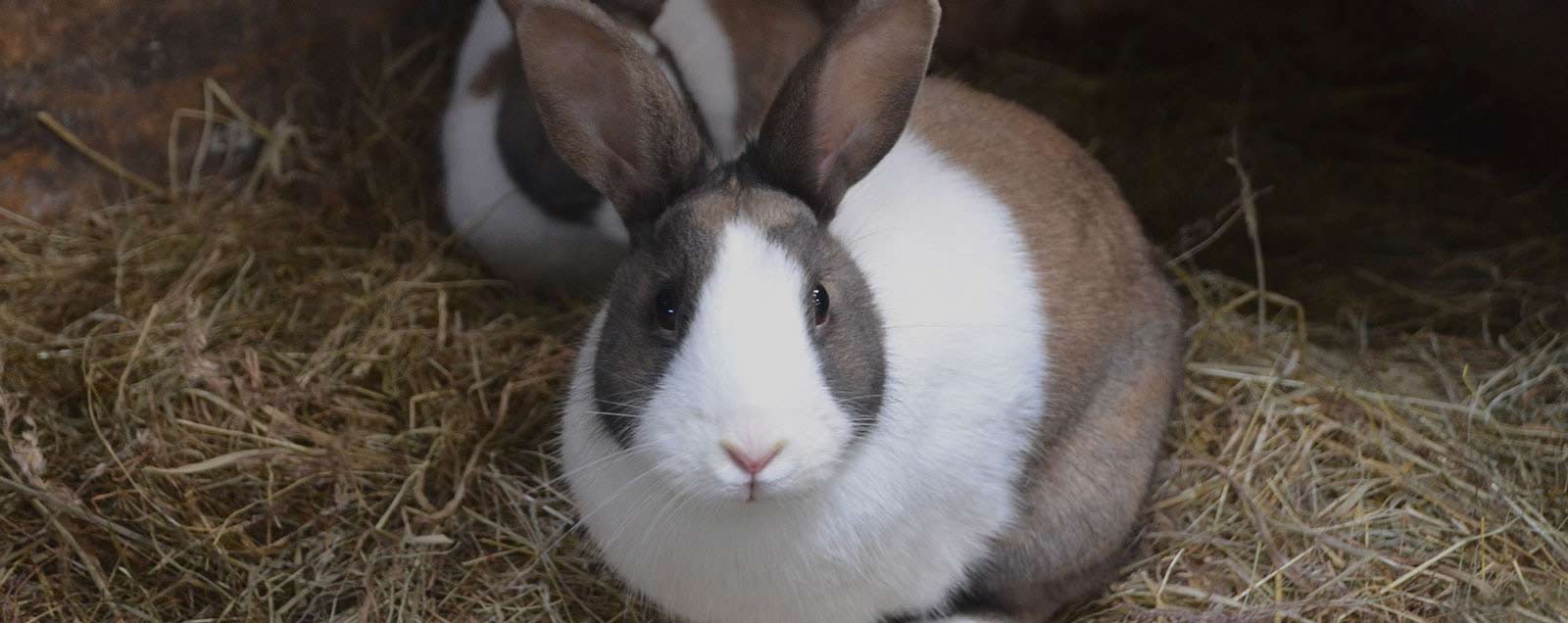Cats are creatures of habit. They love their routines, their favourite sunny spot on the windowsill, and, yes, having things just the way they like them. So if you’re thinking of bringing a new cat into the house when you already have one, don’t be surprised if the first reaction is a hiss, a growl, or a quick dash under the bed.
The good news? With patience and the right approach, most cats learn to get along — some even become the best of pals. Here’s a step-by-step guide to making the introductions as stress-free as possible.
Step 1: Prepare a Safe Space for the New Arrival
Before your new cat even sets paw in the house, set up a quiet room just for them. Pop in:
-
Food and water bowls
-
A litter tray
-
A scratching post
-
A few hiding spots (a box, a bed, even under a chair)
This gives your new cat somewhere to settle without feeling overwhelmed, and it stops your resident cat from feeling their whole territory has been invaded overnight.
Step 2: Give Them Their Own Corners at First
Don’t be tempted to throw them straight into the same room — that’s asking for trouble. For the first while, it’s best if the newcomer has their own spot and the resident cat keeps their territory. This way they can sniff around, hear each other, and get used to the idea without the stress of being nose-to-nose.
A handy trick is to swap over blankets, toys, or even just a cushion they’ve been lying on. Cats do a lot of “meeting” through smell, so letting them suss each other out this way helps take the edge off.
Step 3: First Glances, No Rushing
Once they’re not reacting too wildly to each other’s smell, you can let them have a peek. Crack open a door, use a baby gate, or just let them spot each other from across the hall. Don’t expect purrs and cuddles — a few grumbles or hisses are perfectly normal.
If they’re not losing the plot, you can make it positive by tossing them a treat or giving a quick play with a toy at the same time. That way “seeing the other cat” starts to equal “good things happen.”
Step 4: Short, Calm Meetings
When the sniffing and peeking is going alright, it’s time for a proper hello — but keep it short and sweet. Have a few toys or treats ready to hand.
The moment you see things starting to get tense, call it a day. Better to quit while it’s calm than to let a scrap break out. If they do square up, don’t panic — just separate them gently and give it another go tomorrow. Think of it like learning to swim: little dips are better than chucking them in the deep end.
Step 5: Let Them Set the Pace
Cats aren’t pack animals like dogs — they value personal space. Some will be grooming each other after a fortnight; others will take months just to tolerate being in the same room. Respect their pace, and don’t expect instant friendship.
Step 6: No Sharing Just Yet
Cats aren’t big on sharing. So at the start, give each cat their own bits and bobs — food bowls, water bowls, and litter trays. (The golden rule is one tray per cat, plus a spare if you can manage it.) Throw in a few scratching posts and beds in different spots too. That way they don’t feel like they’re competing for the basics.
Step 7: Read the Signs
Cats tell you a lot with their body language if you pay attention. If you’re seeing slow blinks, relaxed tails, or a cautious nose-to-nose, you’re on the right track. If it’s ears back, growls, or swats, then you’re pushing things too fast.
If tension does flare up, separate them and try again later — no shame in going back a step.
Step 8: Be Patient (and Realistic)
Some cats grow into best buddies, curling up together on the sofa. Others settle for a polite “you do your thing, I’ll do mine” relationship. Both outcomes are perfectly fine. The key is to reduce stress so everyone in the house feels comfortable.
| Do | Don’t |
|---|---|
| Give the new cat its own safe room to start off in | Put both cats in the same space on day one |
| Swap blankets or toys so they get used to each other’s scent | Skip scent swapping and rush straight to face-to-face meetings |
| Keep first meetings short, calm, and positive | Let them fight it out to “sort the pecking order” |
| Provide separate bowls, litter trays, and scratching posts | Expect them to share resources right away |
| Watch body language — relaxed tails and slow blinks are good | Ignore warning signs like hissing, pinned ears, or swats |
| Be patient — some cats take weeks or months to adjust | Assume they’ll be best friends overnight |
When to Seek Extra Help
If your cats are still fighting weeks later, or one seems constantly stressed (not eating, hiding, over-grooming), it may be worth speaking to your vet or a feline behaviourist. A bit of expert guidance can make all the difference.
Final Word from Pet Angel Sitters
Bringing home a new cat is exciting, but it’s also a big change — especially for the one already ruling the roost. With patience, time, and a few smart steps, you can help both cats feel secure and content.
And remember, whether you’re at work, on holiday, or just need an extra hand, Pet Angel Sitters are here to give your cats the love and care they deserve, no matter how many whiskers are under your roof.








